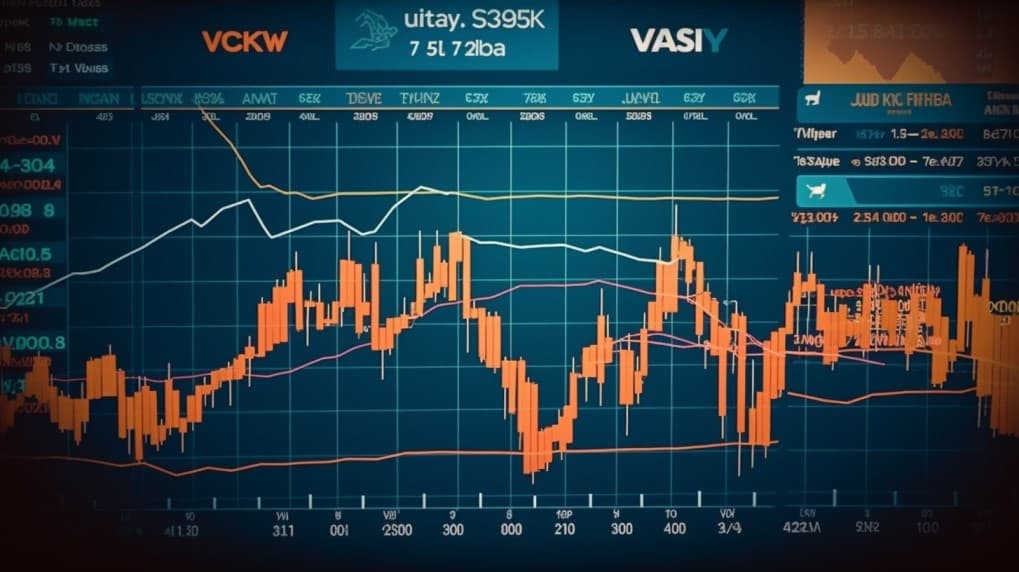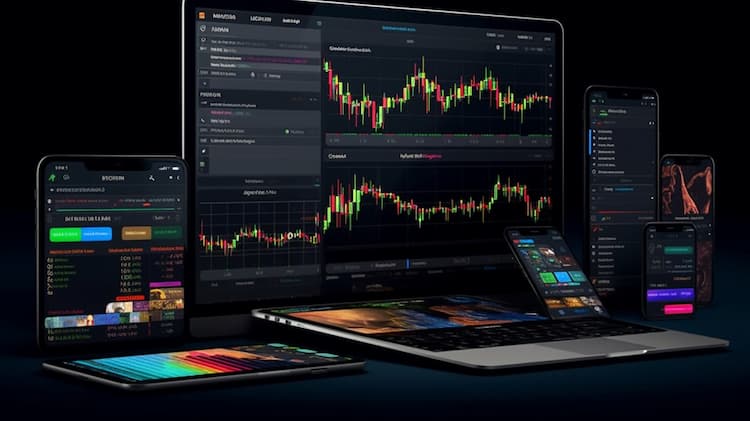
XLF VS KRE
Exchange-Traded Funds (ETFs) have ushered in a new era of investing, providing investors with a versatile tool to access a wide array of sectors and asset classes. In this article, we will conduct an in-depth analysis of two prominent ETFs: XLF (Financial Select Sector SPDR Fund) and KRE (SPDR S&P Regional Banking ETF). Through this comprehensive comparison, we will delve into essential aspects such as ETF tickers, full names, issuers, sectors, top holdings, capitalization, strategy, tracking, and exposure.
XLF Vs KRE: Overview
XLF and KRE are distinct ETFs, each with its unique focus within the financial industry. While XLF aims to track the performance of companies within the financial sector as a whole, KRE is tailored to the regional banking sector specifically. This distinction has far-reaching implications for potential investors, influencing their risk and return expectations.
XLF Vs KRE: Sectors and Top Holdings
The XLF ETF provides exposure to a diverse range of financial subsectors, including banking, insurance, and real estate. Its top holdings encompass industry giants like JPMorgan Chase, Berkshire Hathaway, and Bank of America. Conversely, KRE hones in on regional banking institutions like US Bancorp, PNC Financial Services, and Fifth Third Bancorp. Understanding the sectors and top holdings of these ETFs empowers investors to align their investment strategy with their financial goals and market expectations.
 XLF overlap XLF VS KRE
XLF overlap XLF VS KRE
XLF Vs KRE: Capitalization and Strategy
In terms of capitalization, XLF boasts a significant asset under management (AUM), indicative of its popularity among investors seeking broad exposure to the financial sector. On the other hand, KRE's strategy emphasizes regional banks, with the goal of capturing the performance of this specific industry subset. The disparity in capitalization and strategic focus between XLF and KRE leads to diverse potential returns and risk levels, necessitating careful consideration by prospective investors.
XLF Vs KRE: Tracking and Exposure
XLF's primary objective is to mirror the performance of the financial sector as tracked by the S&P Financial Select Sector Index. This index includes various financial services companies, contributing to the fund's diversified exposure. KRE, however, concentrates on the S&P Regional Banks Select Industry Index, concentrating its exposure on regional banking firms. The contrasting tracking methods and exposure profiles of XLF and KRE enable investors to tailor their investment choices to their risk tolerance and investment objectives.
Conclusion
XLF and KRE present distinct investment opportunities, catering to investors with varying preferences and objectives. For those who desire a comprehensive understanding of the underlying holdings, correlations, overlaps, and other crucial insights, the ETF insider app emerges as an indispensable resource. This user-friendly application provides an avenue for investors to delve deeper into these financial instruments, thereby making informed investment decisions.
Disclaimer: This article is intended for informational purposes only and does not provide investment advisory services. The decision to invest should be based on careful consideration of individual financial goals, risk tolerance, and thorough research.
Sources:
https://www.ssga.com/ XLF ETF issuer
https://www.ssga.com/us/en/intermediary/etfs/funds/the-financial-select-sector-spdr-fund-xlf XLF ETF official page
XLF quote and analysis
Discover the top holdings, correlations, and overlaps of ETFs using our visualization tool.
Our app allows you to build and track your portfolio.
To learn more about the XLF Financial Select Sector SPDR Fund, access our dedicated page now.
FAQ
Why is XLF better than KRE?
XLF may be considered better than KRE for some investors due to its specific focus, offering diversification.
Does KRE beat XLF?
KRE's performance relative to XLF will vary over time, depending on market conditions.
Should I invest in XLF or KRE?
The choice between XLF and KRE should align with your investment goals, risk tolerance, and desired exposure.
Are XLF and KRE good investments?
Both XLF and KRE can be suitable investments depending on individual investment strategies, goals, and risk profiles.
What is the correlation between XLF and KRE?
The correlation between XLF and KRE can vary over time, reflecting differences in performance.















